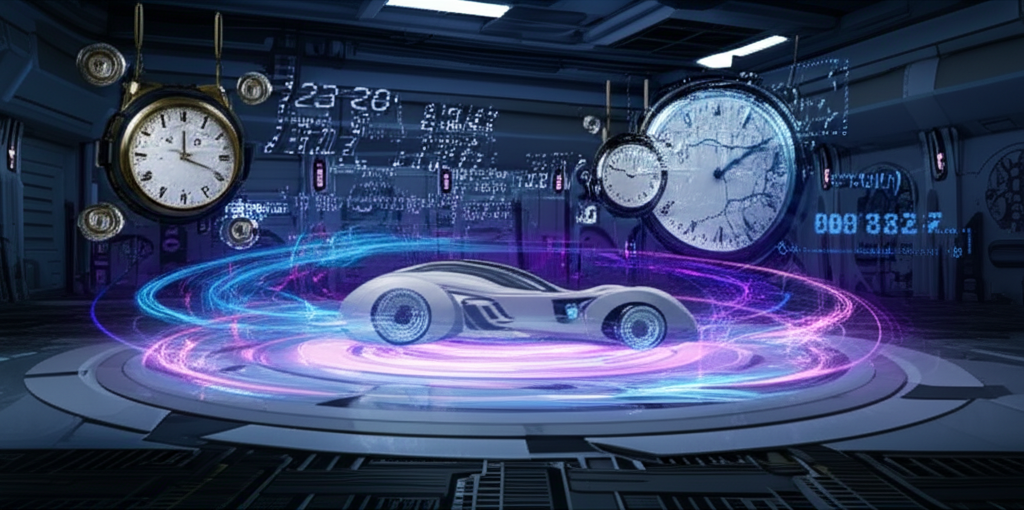Hypersonic Maglev Racing: Breaking the Sound Barrier on Land
Magnetic levitation technology combined with hypersonic aerodynamics creates racing vehicles that exceed Mach 1 on specially designed tracks.

The roar of engines is replaced by the whisper of wind as hypersonic maglev racing vehicles shatter speed barriers previously thought impossible for ground-based transportation. These magnificent machines represent the pinnacle of racing technology, achieving the impossible.
Hypersonic maglev racers float above specially designed tracks using powerful electromagnetic fields. The complete elimination of friction allows these vehicles to achieve speeds that would destroy conventional tires and wheels, with superconducting magnets creating stable levitation at any speed.
The first land-based vehicles to exceed Mach 1, hypersonic maglev racers routinely operate at speeds between 800-1200 mph. Specialized aerodynamic designs manage the shock waves and pressure differentials created at supersonic speeds through variable geometry bodywork.
Hypersonic racing requires completely reimagined track infrastructure. Magnetic levitation tracks extend for hundreds of miles, incorporating banking angles and elevation changes impossible with conventional racing circuits, featuring superconducting rails cooled by liquid nitrogen.
At hypersonic speeds, aerodynamics becomes the primary engineering challenge. These racing vehicles feature adaptive aerodynamic systems that continuously optimize their shape for maximum speed and stability, with plasma flow control systems ionizing air to reduce drag.
Racing at hypersonic speeds requires revolutionary safety systems. Magnetic containment fields protect drivers from extreme forces, while emergency deceleration systems can safely slow vehicles from Mach 1 to rest in controlled distances with advanced life support systems.
Hypersonic maglev racers require enormous power to overcome air resistance at extreme speeds. Fusion reactors, antimatter engines, and quantum power systems provide the megawatts necessary for sustained hypersonic flight with energy recovery systems capturing kinetic energy.
Piloting hypersonic vehicles requires enhanced human capabilities. Drivers undergo extensive training in high-G environments and use neural interface systems to manage split-second decisions, with augmented reality displays providing predictive information about track conditions.
Hypersonic maglev racing features multiple competitive formats, from short sprint races to endurance events covering thousands of miles. Team racing introduces strategic elements with vehicles working together for optimal aerodynamic drafting and energy management.
Despite their extreme performance, hypersonic maglev racers operate with minimal environmental impact. Clean energy sources power both vehicles and track infrastructure, while noise pollution is dramatically reduced compared to conventional racing except for sonic booms.
Related Articles

Time Travel Racing: Navigating Temporal Paradoxes
Revolutionary temporal racing allows drivers to compete across different time periods, creating complex paradox-prevention challenges and unprecedented strategic possibilities.

Weather Control Racing: Mastering Nature's Forces
Revolutionary atmospheric manipulation technology allows racing vehicles to control weather patterns, creating dynamic racing conditions and unprecedented strategic possibilities.

AI Consciousness Racing: When Machines Become Pilots
Artificial consciousness has evolved to the point where AI entities compete as independent racing pilots, creating a new form of motorsport.